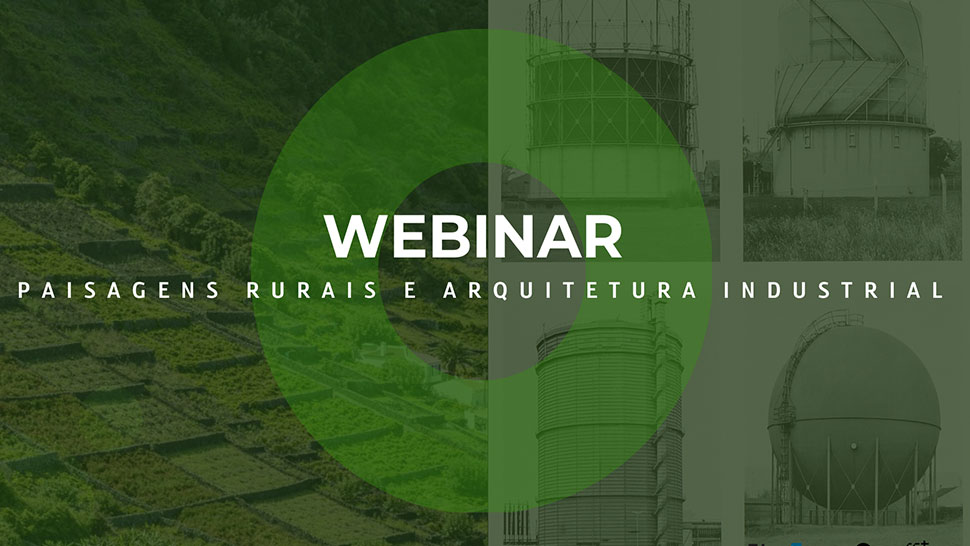
Industrial heritage in rural landscapes represents a unique blend of built heritage and the social and cultural fabric of surrounding communities, engaging in a dialogue that integrates resources and knowledge. The transformation of rural areas through the establishment of industries, rapid urban expansion, and transportation networks is a long-standing phenomenon, rooted in the Industrial Revolution of the 18th century. The ongoing interaction between rural landscapes and industrial architecture has continually reshaped social, economic, and environmental dynamics, creating distinct socio-cultural systems and shaping unique identities. In the contemporary world, the abandonment or restoration of old factories presents new challenges, raising questions about the conservation, protection, and enhancement of this heritage, which is viewed not only as a relic of the past but also as an essential part of cultural identities. Today, cultural landscapes are the focus of historical, archaeological, geographical, ecological, and aesthetic studies, driving complex heritage planning and management strategies. As a transdisciplinary field, the study of rural landscapes and industrial architecture extends beyond physical and environmental aspects to encompass heritage interpretation, exploring the cultural, historical, social, and symbolic meanings embedded within. It reflects on how this heritage intersects with the present to shape future development.
For this webinar, which aims to explore industrial heritage research and highlight cultural landscapes in the North Atlantic archipelagos, CHAM researchers Isabel Soares de Albergaria and Liliana Ferreira have invited two experienced scholars with extensive work in the field, along with two doctoral students developing research on island territories. The topics include the agro-industries of São Miguel in the first half of the 20th century, and the wine-growing landscape of Pico Island, a UNESCO World Heritage Site, focusing on the relationship between architecture and wine production, as well as the invariants and transformations in this context.
Participation: Lidia Esther Romero Martín (ULL;ULPGC;ITLA); Leonor Medeiros (CHAM); Ana Fernandes (Citua; CHAM); Ana Laura Vasconcelos (FAUP;CEAU, CHAM).
Moderation: Isabel Soares de Albergaria (CHAM)
Coordenation
Isabel Soares de Albergaria (CHAM)
Special Collaboration
Liliana Ferreira (CHAM)
Organização
CHAM Açores
Research Group «Art, History, and Heritage»







